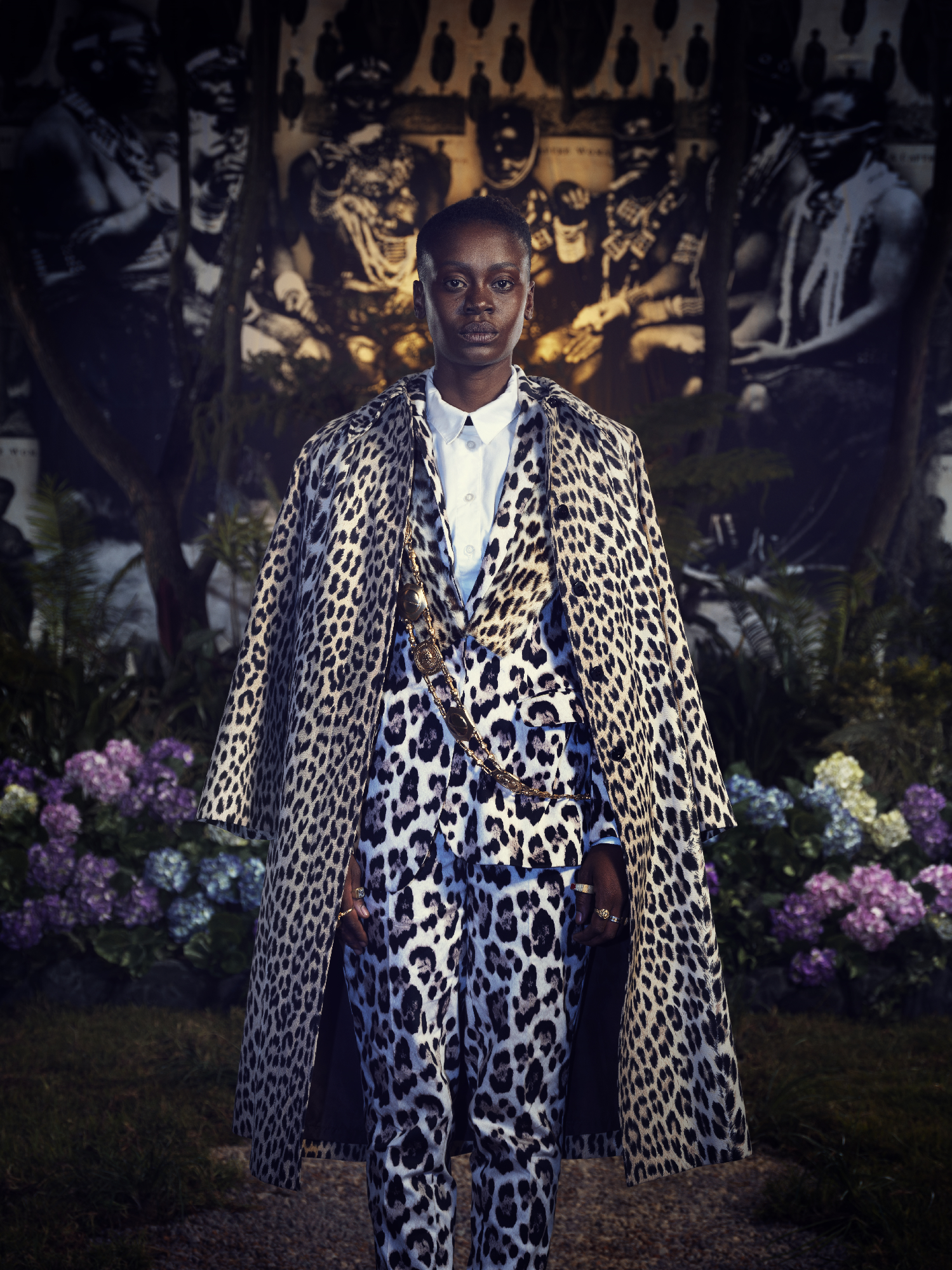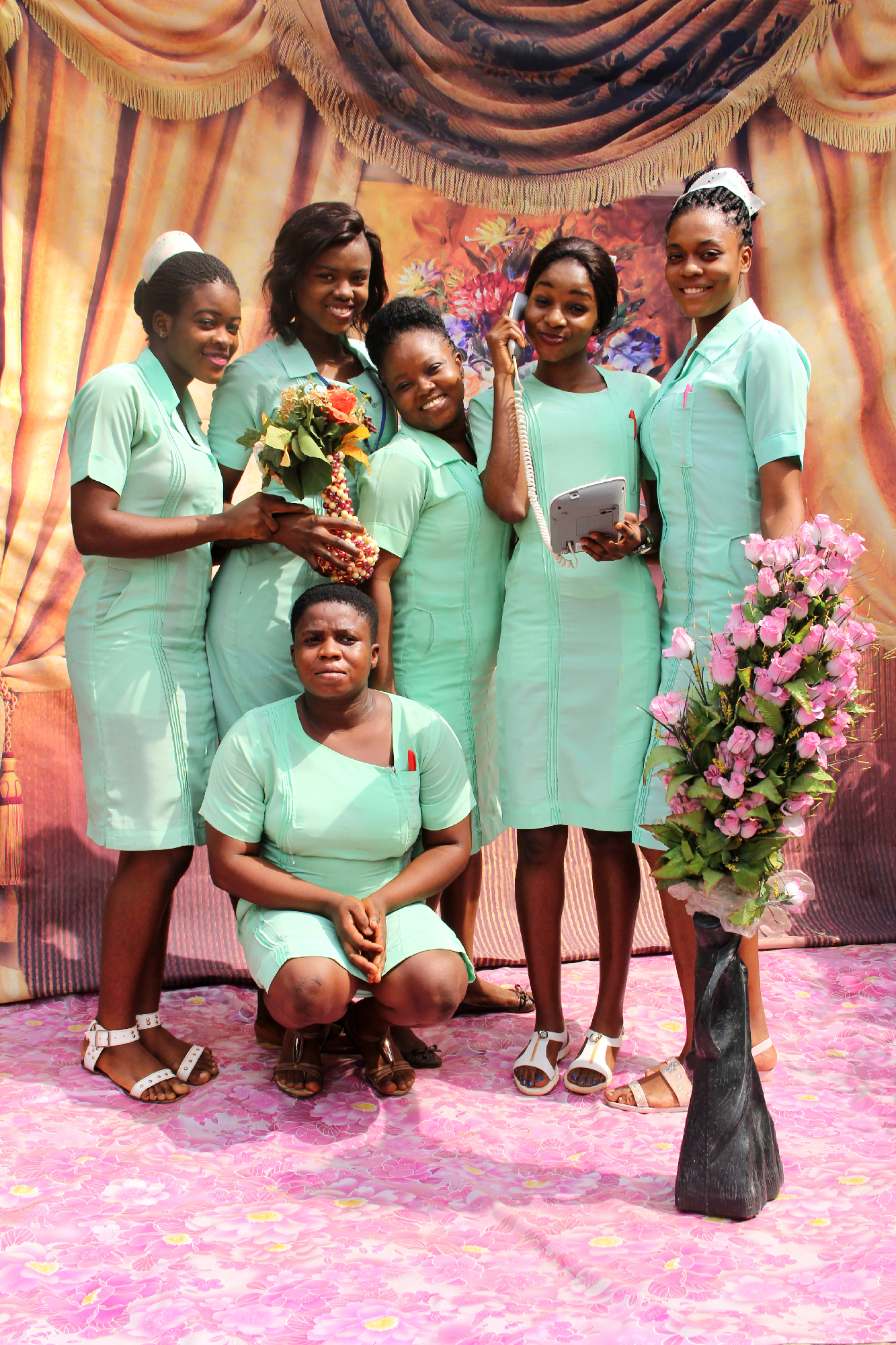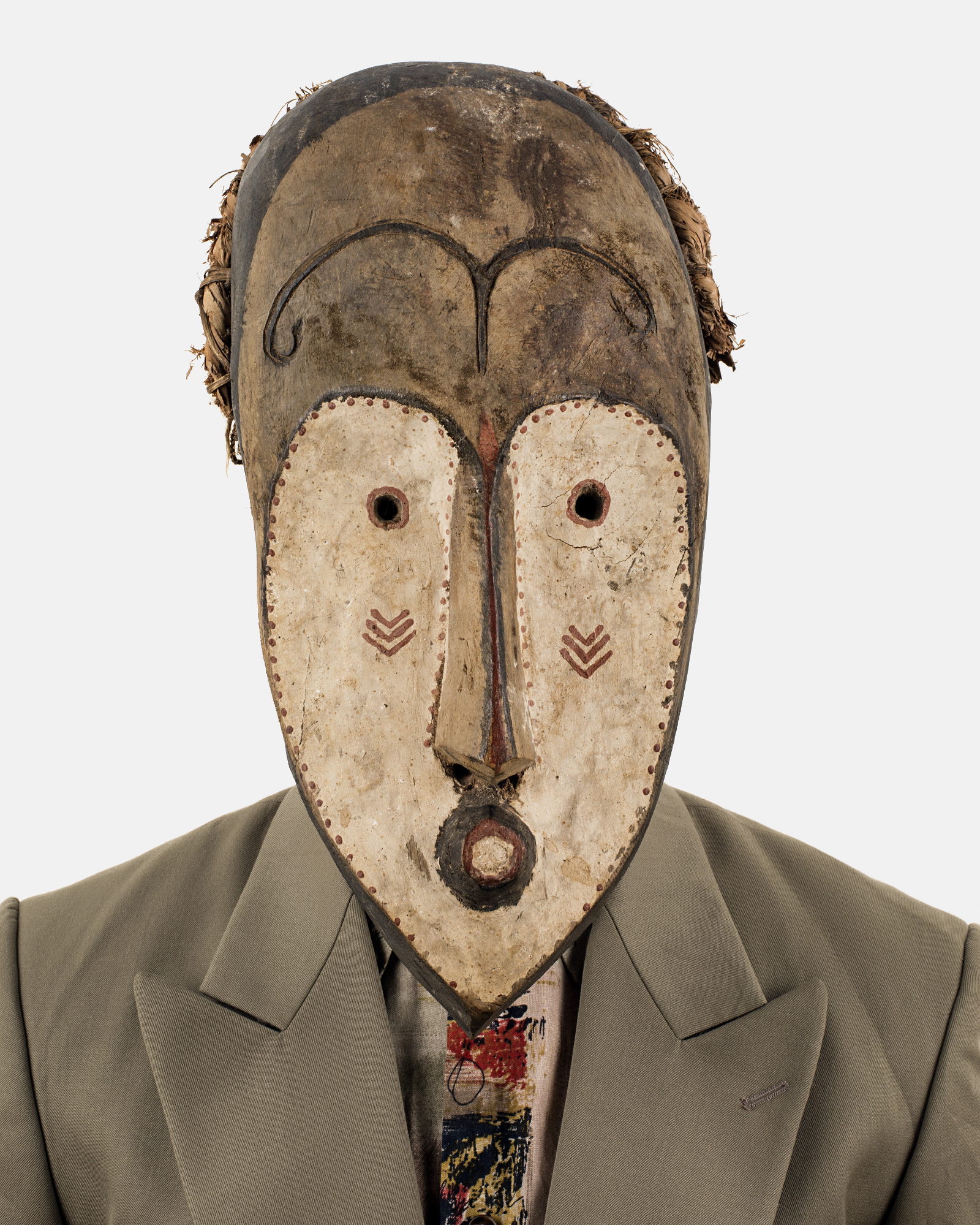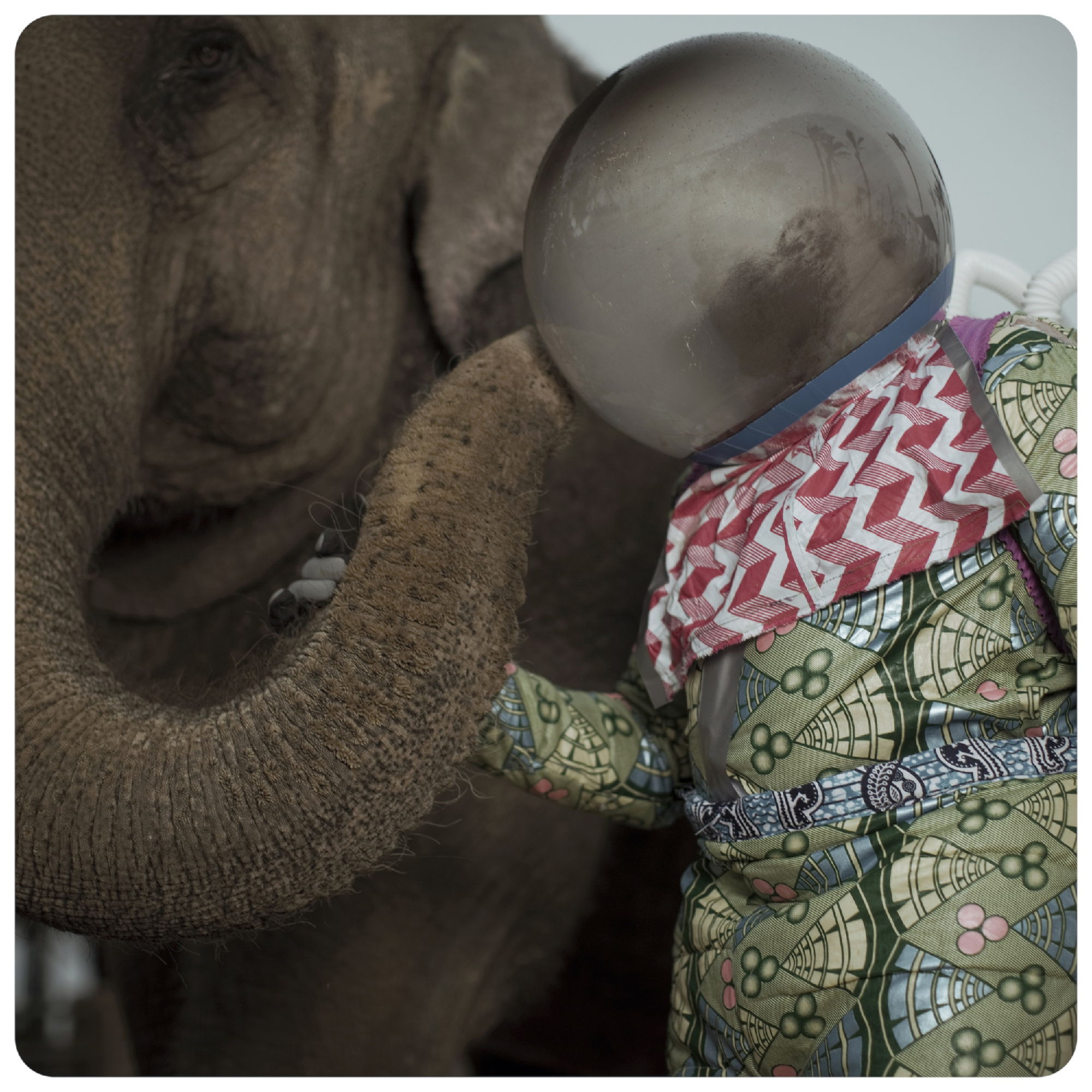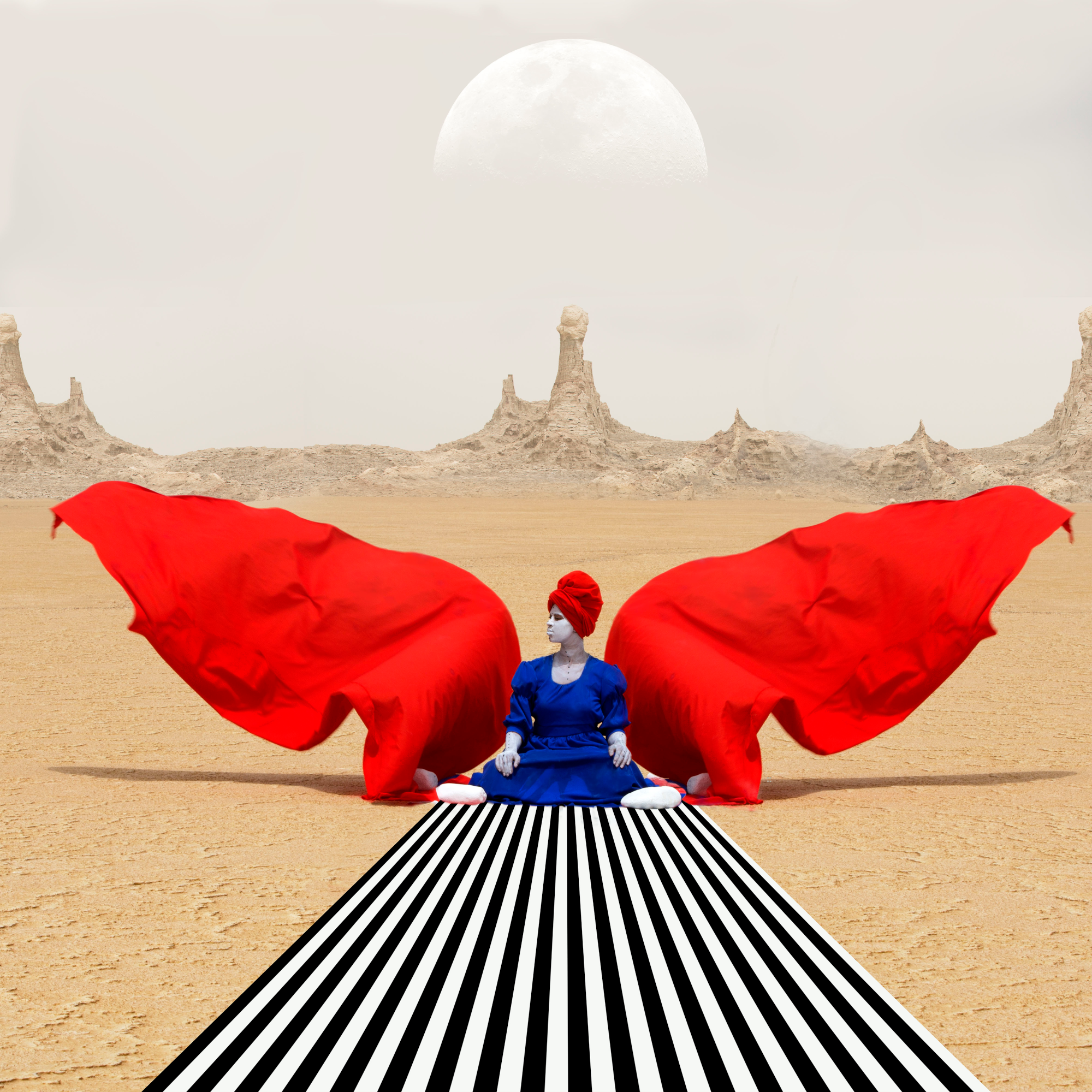Osei Bonsu’s show on contemporary African photography at Tate Modern rips up the history books
“When it came to thinking about an exhibition on contemporary Africa photography, I knew that it couldn’t be a standard historic or geographic survey that went from decade to decade. It had to be about the lyrical way that lens-based artists are constantly asking questions about how we perceive of and think about history,” says Tate Modern’s curator of International Art, Osei Bonsu, of his new exhibition, A World in Common. Spanning 36 artists and over 100 works, the deliciously bold show examines the past in order to define the vast possibilities of the now and imagine futures free from the postcolonial parameters we so often put on the African continent.
The name of the show is lent from philosopher Achille Mbembe who thought about Africa as part of a global civilisation and shared humanity. “We are looking at the world through Africa – the commonalities rather than differences, and how we take care of the planet we share. It’s this historiographic and ecological ambition that becomes our road map for addressing these complex histories,” Bonsu adds.
A World In Common is encountered as three chapters. The first, Identity and Tradition, looks at ancestral histories and legacies through ritual practices, spiritual rites of passage and traditional kingdoms. George Osodi’s glossy series ‘Nigerian Monarchs’, 2012-2022, documents the kings and queens who still hold their seats of power across the country. Khadija Saye’s ‘In this Space We Breathe’, 2017, uses self-portraiture and symbols of Gambian spirituality to address personal trauma and healing. And Edson Chagas’s ‘Tipo Passe’, 2014, leans into the passport photo for a series of portraits of anonymous figures wearing masks to question how we value African cultural property but not African bodies or identities.
The second chapter, Counter-Histories, honours the post-colonial period through artists who engage with archival material as a means to build alternative systems of knowledge, as well as artists who revel in the intimate glorious of family portraiture. Some 1950s photographs from James Barnor’s studio in Ghana and Lazhar Mansouri’s studio in Algeria sit alongside images by young talents Atong Atem and Ruth Ginka Ossai who continue the joyful tradition of fantastical backdrops to allow their subjects agency to present themselves as they wish to be seen. While Malala Andrialavidrazana’s ‘Figures’, 2015-21, re-work outdated maps and banknotes to blur the boundaries of nation building and unfold new cultural memories.
The third chapter is entitled Imagined Futures. Bonsu notes: “This is not an afrofuturist future, a diasporic idea that’s being projected on the continent as an otherworldly place. It’s about futures that exist in the present and futures that are being challenged by artists calling on political systems the world-over to reconsider the ways we think about African society.” Here the onus is on exploring environmental politics and urbanisation via a diversity of landscapes. From Angolan deserts, as in ‘A City Called Mirage’ (2013-2012) by Kiluanji Kia Henda, to the fantastical take on Kinshasa seen in Kiripi Katembo’s ‘Un Regard’, 2008-13, to a Zambian space mission imagined by Cristina de Middel’s ‘The Afronauts’, 2012, these artists look to the resilience of nature alongside communal ways of living.
By the end of the journey this exhibition takes us on, we’re left not only dizzied by the breadth of perspectives, voices, locales and mediums that are in conversation with one another, but buoyed by the fact that in this present moment, what can truly lead us to shared redemption is a belief in a togetherness that begins and ends in Africa.
Here we highlight five of the beautiful works on view through the eyes of the artists who created them.
ZOHRA OPOKU
Kings and Queens, 2017
“This photographic tapestry is part of the ongoing series ‘Who’s Wearing My T-shirt’ looking at the mass imports of second-hand clothing to Sub Saharan Africa. It’s a nostalgic depiction of the Asante royal family court - the king, the queen mother, the guards, the medicine man, the adviser and so on. I made a carpet out of t-shirts from the Accra market, which everyone is wearing to express the idea of belonging and representing one ethnic group. But at the same time, the figures are all stuck together. This shows how the market has become inescapable. The figures express pride and strength but they are not fully visible. This points to my question, if we connect our identity to clothes and textiles, what happens with our identity when those dress practices changes?”
ZINA SARO-WIWA
The Invisible Man, 2015
“I made this series after returning to the Niger Delta to make work about this part of Nigeria and used masquerade as a new lens on Ogoniland, my ancestral homeland. It’s an area that has always been defined by Big Oil, devastating pollution and violence. So going there and telling cultural stories felt important to rebalance the narrative but also to introduce myself to this really magical and unique place which contains 111 villages, six kingdoms and a million untold stories.
People imagine masquerade to exist in the past or preserved for touristic consumption or display in museums, but masquerade culture is still alive and as mysterious as ever. ‘The Invisible Man’ is my way of trying to insert myself in masquerade traditions that are not meant for direct female participation. It's also my way of getting inside masquerade to understand what it is and what it can do. Along the way some photos and videos emerged.”
WURA-NATASHA OGUNJI
Will I Still Carry Water When I Am a Dead Woman?, 2013
“It’s a video piece following a group of women hauling heavy water kegs through the streets of Yaba in Lagos. We’re wearing costumes that suggest the context of masquerade, particularly the Egungun masquerade, which is a secret society of men. Traditionally the entire body is covered. I was interested in creating a costume that shows the flesh and lets people know that these are women who are occupying these bodies, moving through this space and doing this hard work. We’re accompanied by other performers, who represent the stick men who keep the separation behind the spirits and the community. The question is, if men can transgress the world of the dead but women can’t, will the labour of women carry over?
It's exciting to be part of this show because it includes a variety of artists working with the photographic in very different ways. Sculpture, installation, cut outs, textiles and film engages with you culturally, geographically and spiritually, so you have this full sense of what it means to be part of a photographic tradition.”
NDIDI DIKE
A History of a City in a Box, 2019
“My practice is research based, so I’m always experimenting with form. The starting point for this work was getting a store of old box files from an office in Lagos called The Printing Press. I saw the boxes and to me they had an organic, tectonic structure. There is a motion that comes into play when I follow the spirit and end up with this landscape depicting Lagos, which is chaos and disorder but also a mega city with amazing things going on.
It was a great challenge to construct the work at Tate Modern as it is a totally different scenery to where it was originally displayed for Lagos Biennial at Independence House. Here was an unearthing of new possibilities in terms of how I used the boxes, papers and photographs. The red earth the forms sit on is significant too as it represents the Igbo part of eastern Nigeria which builds places like Lagos and Abuja.”
JULIANKNXX
In Praise of Still Boys, 2019
“This film is part of a series called ‘After the Ocean’, looking at the ways in which Black people have moved past and through the Middle Passage. You can’t talk about Freetown, or the Krio people, without talking about the water. You have to talk about the Atlantic Ocean, the triangular trade route and the slave trade, and the relationship between the UK, the Americas and the Caribbean. I’m not telling a West African story, I’m telling a global story.
Osei Bonsu has looked at ‘In Praise of Still Boys’ way deeper than most. People often miss the idea of it being a portrait of my mum and the fact that the Krio people have been so persistent in Africa. As I’m from Freetown, I don’t want to be extracting, so it’s important to find ways to make sure that those people who feature in my films are proud when they see themselves, and that the work goes back and benefits them. So, I’m humbled to be showing work about the communities that I want to highlight, in an institution where everyone is going to see it.”
A World in Common: Contemporary African Photography is on view at Tate Modern, London, until 14 January 2024.



